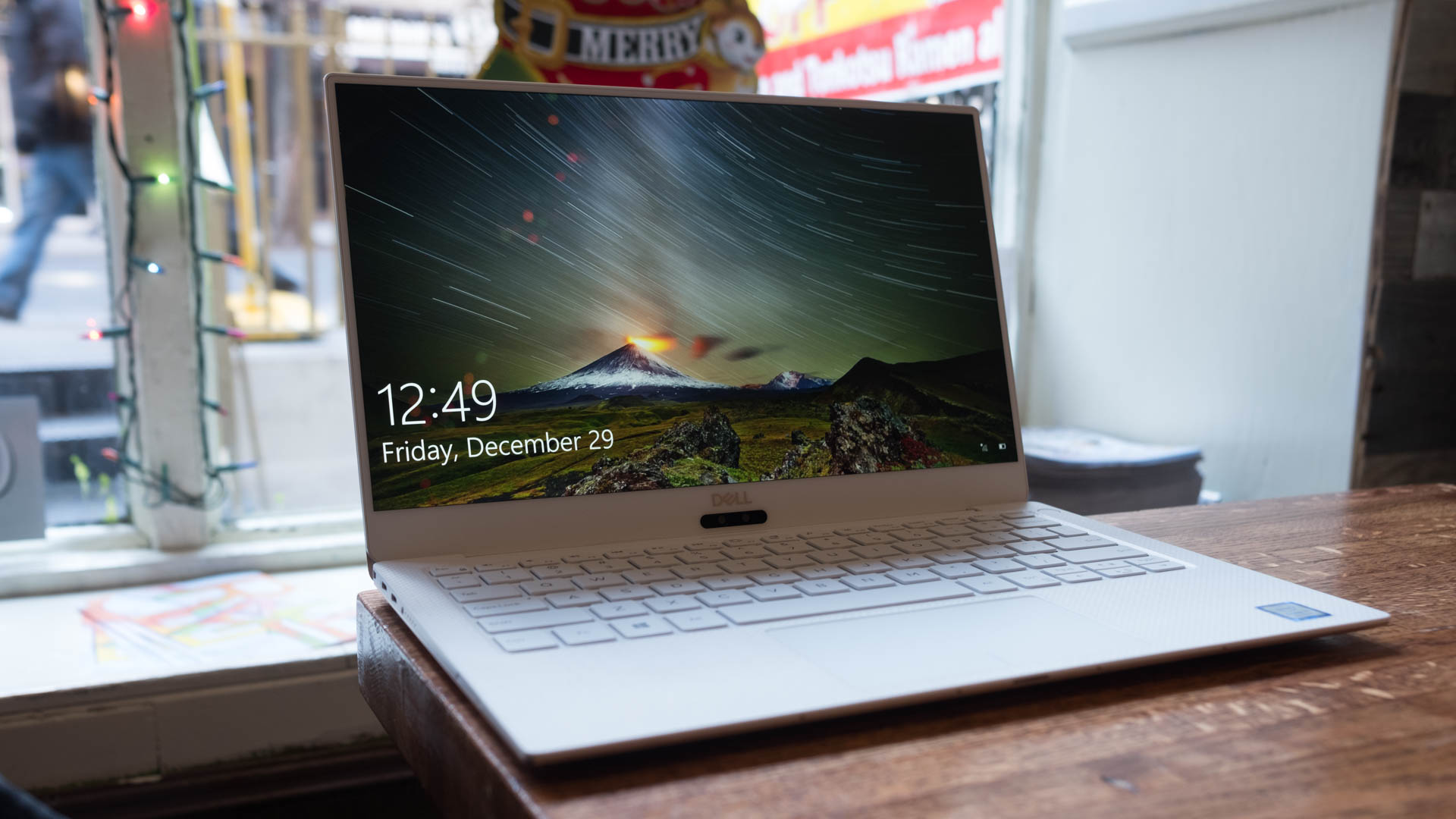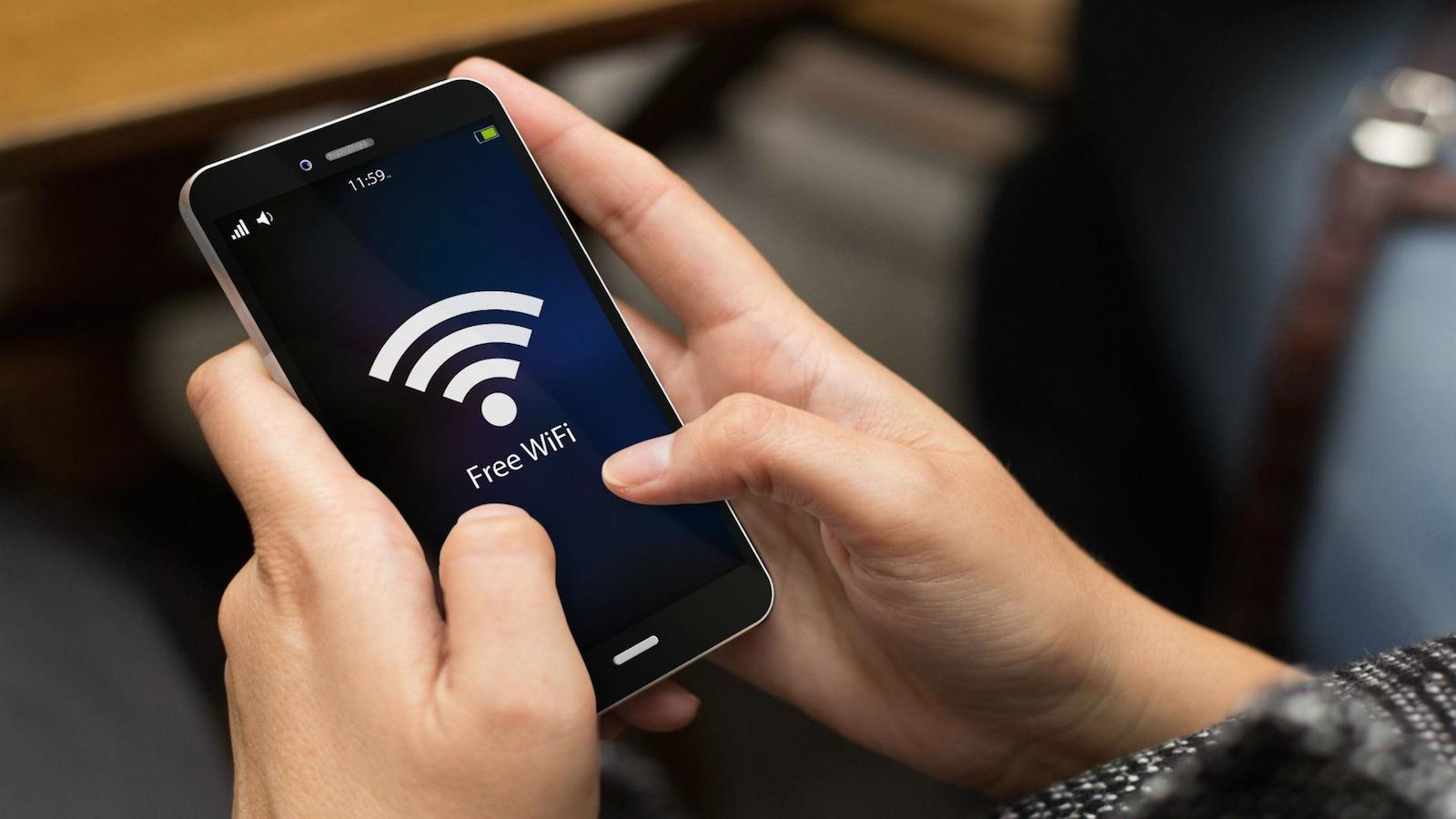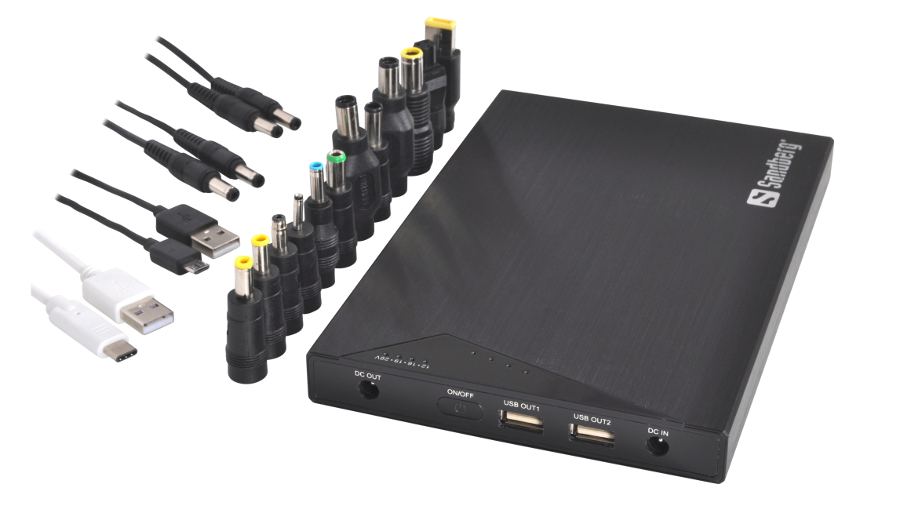Top tips for extending the battery life of your laptop
Handy laptop battery life tips

Modern laptops are more powerful than ever before, and thanks to advancements in mobile technology, they are also more efficient as well, giving them ever greater battery lives.
However, they still need to be plugged in a juiced up throughout the day. While laptop battery life is a chief cause of mobile moans, it's possible to get significant improvements by good practice and a few software tweaks. To help you get a longer laptop battery life, here are 10 easy ways to improve it.
1. Dim your screen
The screen is one of the most power-hungry parts of the laptop. It takes serious amounts of battery power to keep your display looking clear and bright. Saving this power is simply a question of turning the brightness down.
The screen brightness button is usually located as a second function of one of the F keys, and is represented by a little sun symbol with up and down icons. To use it, just hold down the correct function key and then choose up or down.
2. Change power settings
Windows 10 comes with some great power features, which enable you to eke out the best performance when you're plugged into the mains, and optimise battery life when on the move.
Type 'power options' into the Start Search box and choose 'Power saver' from the list. Windows 10 also has more methods for saving battery life. These include settings for powering off the monitor and kicking into sleep mode more quickly.

3. Switch off Wi-Fi
One of the biggest battery sappers is the wireless networking capabilities built into most laptops. Wi-Fi drains the battery by constantly drawing power from the battery and, when not connected, looking for networks.
Get daily insight, inspiration and deals in your inbox
Sign up for breaking news, reviews, opinion, top tech deals, and more.
When you're using your laptop away from the grid, the likelihood is you're away from wireless networks, so you can turn this device off. Many laptops have a function button that enables you to turn off the wireless adaptor manually to save yourself the unnecessary waste, but older laptops often don't have this.
If this is the case, open up the Notification Center by clicking the speech bubble icon on the far-right side of the taskbar, and click on 'Wi-Fi' to turn it off.

4. Turn off peripherals
Using USB peripherals can put a drain on your system, because your motherboard has to power them, so unplugging everything saves juice. USB sticks, mice and webcams are common offenders, so copy all your information across and eject your devices as soon as possible, and put up with laptop track pads over your USB mouse.
Many laptops have function buttons to turn off the built-in webcam, which drains the battery if given the chance. And switch your speakers to mute if you've no need for sound - your laptop beeping every time it gets an email or boots Windows can be a drain.
5. Eject your disc drives
Having a disc spinning in the drive is a huge drain on resources, and many programs constantly do this. Simply eject your discs before you switch to battery power to gain vital extra minutes from your working day.
Most modern laptops don't come with disc drives installed these days, but if yours does, it's worth making sure it's empty when you're on the move.

6. Invest in some hardware
Good practice can go some way to extending your battery life, but if you need to use your laptop throughout your working day, you're going to need some help.
Most laptops come with a six-cell battery, but many manufacturers offer eight- or even 12-cell optional upgrades, which can double your power.
The alternative to expensive laptop batteries are portable laptop battery chargers, which give you valuable extra hours for all your devices. These are usually compact battery units that have adapters for most laptops and mobile phones, which is portable enough to be placed in a bag and has enough capacity to double the length of your charge.
Check out our list of the best portable laptop battery chargers and power banks for our pick of the best devices to keep your laptop charged.
7. Disable features
Windows 10 has some handy built-in features, but many put demands on your system that are unnecessary when working on the move. Take the simple measure of turning off graphical effects when you're on the move to make your laptop more efficient.
8. Battery care
Lithium-Ion batteries don't need a complete discharge (contrary to popular belief) but also you should use a battery once you've charged it.
If you have a spare you keep topped up, use that instead of your main regularly. If you have an older non-Lithium-Ion battery, you'll need to regularly discharge it.
- Looking for a new laptop? Check out the best laptops of 2018

Matt is TechRadar's Managing Editor for Core Tech, looking after computing and mobile technology. Having written for a number of publications such as PC Plus, PC Format, T3 and Linux Format, there's no aspect of technology that Matt isn't passionate about, especially computing and PC gaming. He’s personally reviewed and used most of the laptops in our best laptops guide - and since joining TechRadar in 2014, he's reviewed over 250 laptops and computing accessories personally.